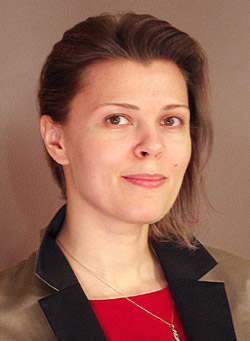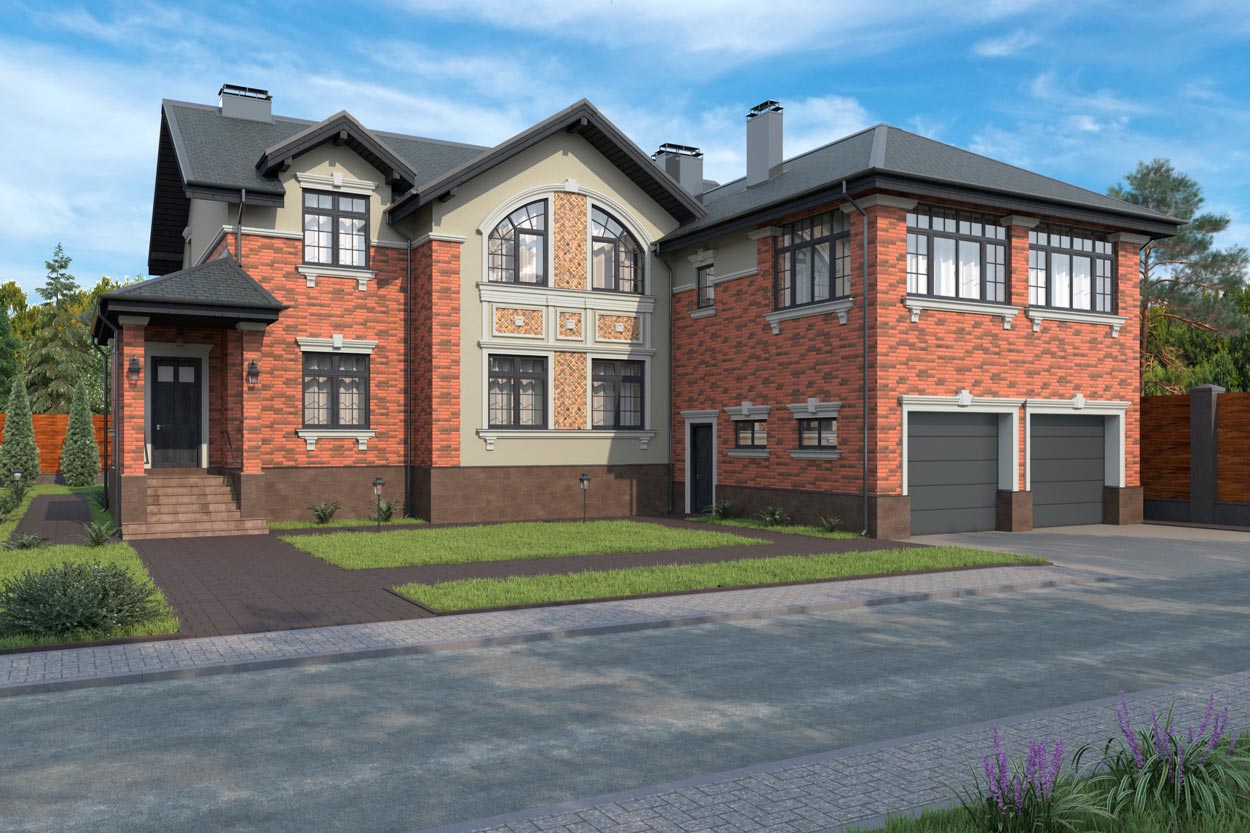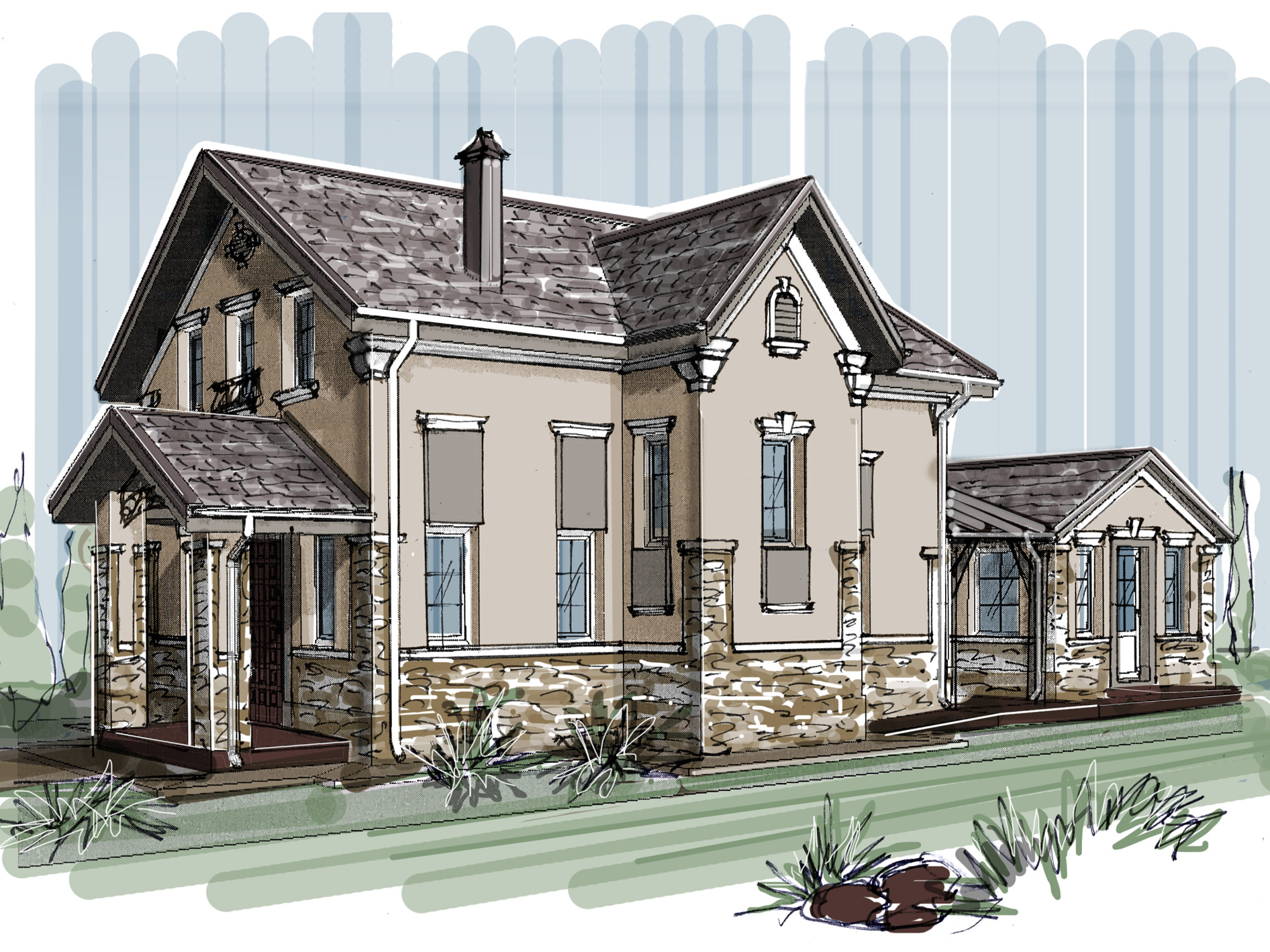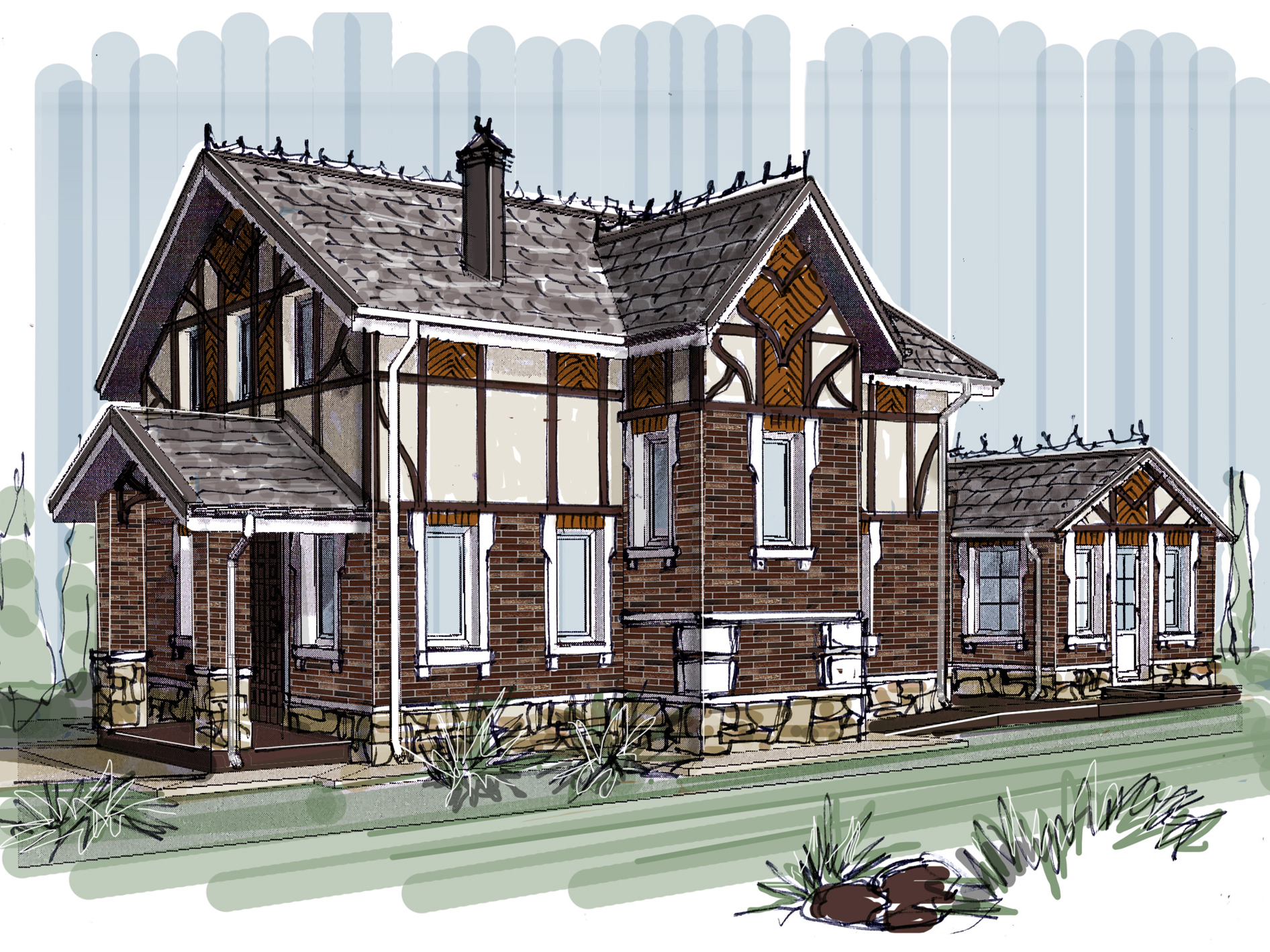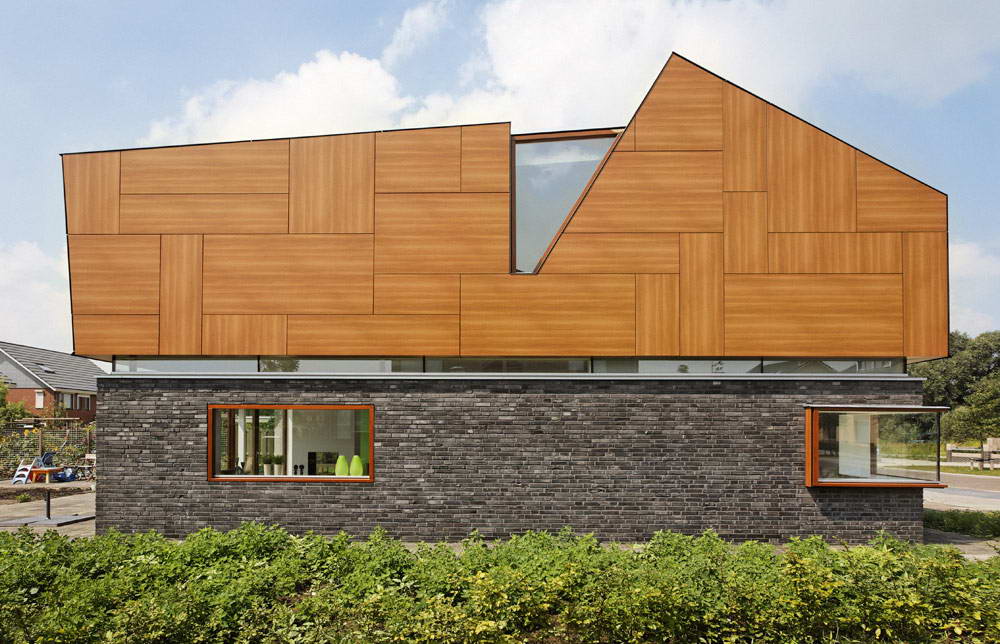In 2014, Green&Blue launched the production of bricks with holes that can serve as homes for solitary bee species. These bee bricks are the same size as regular bricks, but have a series of narrow holes similar to where solitary bees nest.

One-third of the world's food production depends on bees and other pollinators, with one in ten bee species in Europe on the brink of extinction. This is due to climate change, the use of pesticides that are destructive to bees, and disruption of the natural ecosystem.
Earlier this year, the city council of Brighton-y-Hov in England obliged developers to include bricks with holes for bees in the facades of buildings 5 meters high and higher.

Proponents of the initiative believe that such simple solutions will improve the situation and increase opportunities for biodiversity.
But a number of experts have also emerged who oppose it. They fear that mites and bacteria could breed in the holes, and this would increase the spread of disease. Professor Dave Goulson of the University of Sussex believes that the holes are not big enough to be a good home for bees, and that having one brick, even if in every house, is totally insufficient, it can only serve to assuage conscience, with no real benefit.

I think perhaps bricks with holes are not ideal and are not a panacea.
But it is better to do than to do nothing.
Using such bricks can make a difference, albeit a small one, along with increased planting area, etc. And their centralized use in new buildings can help to collect statistical data and prove or disprove their effectiveness.



